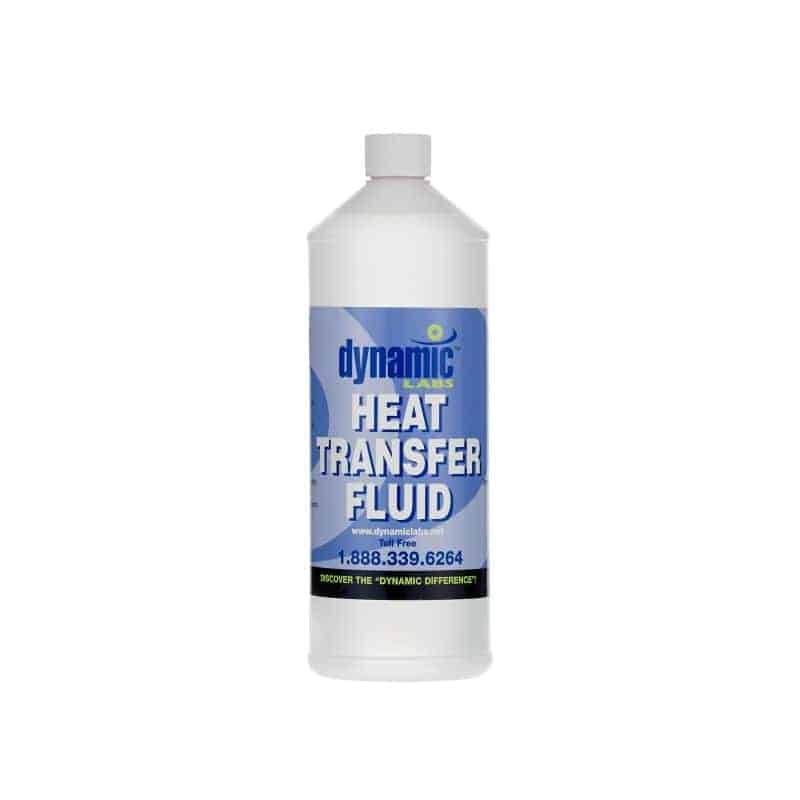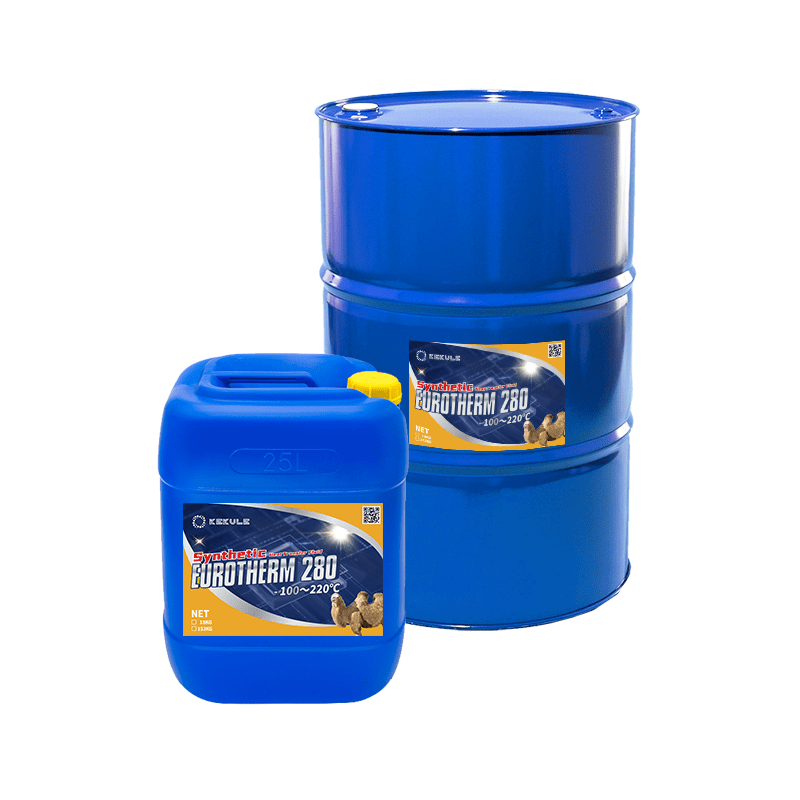Selecting the Right Heat Transfer Fluid for Your Business: Essential Factors
Wiki Article
Heat Transfer Fluid 101: What You Required to Know for Reliable Performance
Warm transfer liquids play a crucial role in maintaining performance and reliability within numerous commercial systems, yet their choice and management are commonly neglected. As we check out the fundamental elements of heat transfer liquids, it ends up being clear that the effects for system performance and equipment durability warrant careful consideration.Significance of Heat Transfer Fluids
Warmth transfer fluids play a crucial duty in various industrial procedures by helping with the effective transfer of thermal energy. These liquids are vital in applications such as heating, temperature level, and air conditioning regulation, where keeping precise thermal conditions is essential for operational efficiency and safety and security. By improving the thermal conductivity and security of systems, warmth transfer liquids contribute dramatically to power cost savings and process optimization.The choice of proper heat transfer liquids can straight affect the efficiency and reliability of tools (thermal oil). For example, in power generation and production, these liquids help in warmth healing, boosting total system performance. Additionally, warmth transfer liquids help to stop overheating and thermal deterioration of machinery, thereby expanding the life-span of tools and reducing downtime
Furthermore, the selection of heat transfer fluid affects environmental sustainability, as some fluids are made to be more eco-friendly than standard choices. This change in the direction of lasting options aligns with worldwide efforts to minimize carbon impacts and promote greener industrial practices.
Sorts Of Heat Transfer Fluids
Picking the right sort of warm transfer fluid is important for maximizing thermal administration in various applications. Warmth transfer fluids can be extensively categorized into several types, each fit for certain functional conditions and needs.
An additional category consists of refrigerants, which are developed for cooling applications. These fluids operate effectively at low temperature levels and stress, making them ideal for refrigeration and a/c systems. Glycol-based liquids are likewise prominent, particularly in systems where cold is a problem, as they provide antifreeze residential properties while preserving affordable warmth transfer capacities.
In commercial applications, molten salts are utilized for their high thermal capability and ability to run at elevated temperature levels, making them ideal for solar thermal energy systems. Inevitably, the selection of heat transfer fluid need to straighten with the specific thermal demands, operating conditions, and desired system efficiency.
Key Residence to Take Into Consideration

When selecting a warm transfer fluid, comprehending the vital homes that influence performance is important. A number of elements have to be reviewed to make sure optimal efficiency and longevity in the application's functional atmosphere.
First of all, thermal conductivity is important, as it identifies the liquid's capability to transfer heat. Higher thermal conductivity generally leads to enhanced warmth transfer performance. The certain heat capability shows how much power a fluid can keep per unit mass, affecting its capability to soak up and release warm.
Viscosity is another crucial building, as it affects the liquid's flow characteristics and, subsequently, the system's efficiency. Reduced thickness at running temperature levels is preferable for minimized pumping power and improved blood circulation. In addition, the fluid's temperature security and boiling point are vital; a greater boiling factor is needed for high-temperature applications to prevent vaporization.
Finally, chemical stability and compatibility with system products are vital to avoid deterioration and maintain system honesty over time. Recognizing these key properties allows operators and engineers to pick the most appropriate warmth transfer liquid for their particular applications, making certain efficient and dependable efficiency.
Finest Practices for Use
In order to take full advantage of the performance and durability of a heat transfer fluid system, adhering to ideal techniques for usage is necessary - dielectric cooling fluid. First, it is vital to pick the ideal heat transfer fluid based upon the system's functional temperature level range and specific application requirements. On a regular basis keeping an eye on the liquid's properties, such as thickness, thermal conductivity, and pH degrees, makes sure ideal performance and can stop pricey breakdownsAppropriate system design is also essential; making certain that components are suitable with the chosen fluid minimizes the risk of degradation. Keep a reliable filtering system to get rid of particulates and contaminants that can harm warmth transfer effectiveness. Maintaining the liquid at recommended fill degrees minimizes the threat of overheating and cavitation.
Regular upkeep ought to consist of looking for leaks and replacing the liquid as needed, as thermal degradation can occur gradually. Furthermore, training employees on secure handling and procedure decreases dangers associated with warmth transfer fluids. Ultimately, establishing a comprehensive record-keeping system to track fluid use and maintenance activities boosts system dependability and efficiency. By implementing these ideal practices, drivers can ensure trustworthy and efficient warmth transfer liquid operations.
Troubleshooting Common Issues
Although heat transfer liquid systems are designed for effectiveness, drivers might run into numerous issues that can influence efficiency. Common problems include fluid deterioration, leaks, and incorrect fluid levels.Fluid deterioration commonly takes place as a result of thermal breakdown or oxidation, resulting in the development of sludge and varnish that can clog systems. Regularly keeping an eye on liquid problem and sticking to supplier standards for substitute can minimize this problem.
Leak is one more regular issue, which can occur from worn seals, damaged pipes, or loose fittings. It is crucial to conduct regular examinations and upkeep to recognize and remedy leaks immediately, stopping fluid loss and system ineffectiveness.
Incorrect liquid degrees can result from evaporation or leakages, resulting in reduced warmth transfer effectiveness. Operators should frequently check liquid levels and make certain that the system is appropriately filled up to maintain optimum efficiency.
Furthermore, temperature level changes can show flow concerns thermal oil or pump failures. Monitoring system temperature levels and pressure can assist spot these issues early, promoting prompt interventions.
Conclusion


In verdict, the option and upkeep of heat transfer fluids are vital for ensuring reputable performance in various commercial applications. Recognizing the importance, types, and crucial buildings of these liquids, together with applying ideal practices, can significantly enhance thermal effectiveness and expand equipment life expectancy. Proactive troubleshooting of typical problems adds to ideal system capability. By adhering to these concepts, operators can attain improved operational reliability and performance in thermal energy transfer procedures.
Warmth transfer liquids play an important function in keeping efficiency and dependability within numerous commercial systems, yet their selection and management are usually overlooked.Warm transfer liquids play a crucial function in different commercial procedures by facilitating the efficient transfer of thermal energy. By boosting the thermal conductivity and security of systems, warmth transfer liquids add significantly to energy cost savings and process optimization.
Water is the most typical warmth transfer fluid, favored for its high heat capacity and cost-effectiveness. The particular heat ability shows how much energy a liquid can save per device mass, affecting its capacity to launch and take in warmth.
Report this wiki page